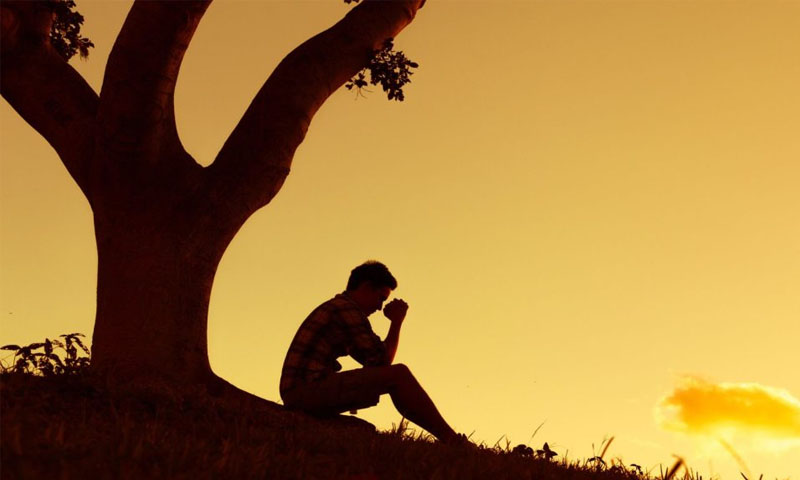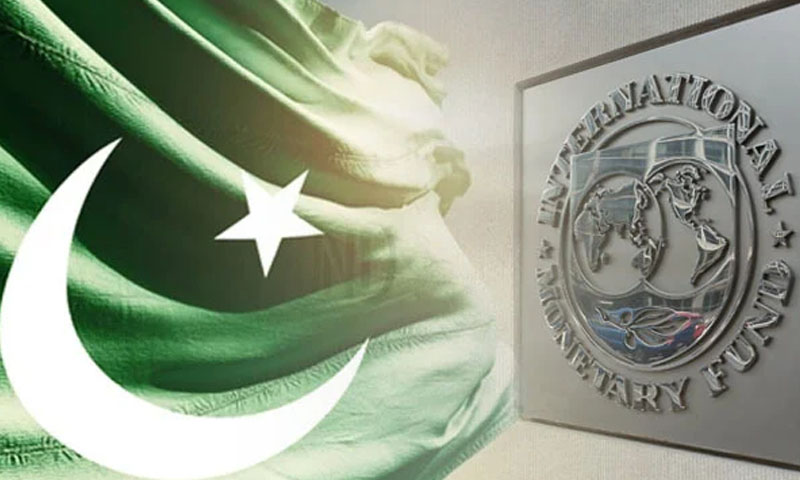- Web Desk
- 8 Hours ago
Study highlights higher suicide rates among women, unmarried youth in G-B
-

- Tanveer Abbas
- Jan 20, 2025

GILGIT: A new study has revealed that suicide in Gilgit-Baltistan is more common among females compared to males, unmarried compared to married population, and young compared to older people.
The research, conducted by Abdul Wahab Yousafzai, Maliha Aziz, Saman Yousuf, Shakila Bano, and Murad Moosa Khan, reviewed police records from three districts in Gilgit-Baltistan from March 2012 to April 2022.
A total of 340 suicides were recorded across the three districts during this period, with the highest cases reported in Ghizer (238), followed by Gilgit (72) and Hunza (30).
The study observed a higher number of women suicides compared to men in contrast with global trends. Global trends show that men are three times more likely to die by suicide than women. Out of 340 suicide cases, 179 were females and 161 were men.
The data revealed that 20 per cent of female suicides between January 2021 and April 2022 were misclassified homicide cases, raising concerns over investigative shortcomings. It said an extrapolation over 10 years of data would have given higher numbers.
“Corrective institutions have an important role in ensuring all cases get thoroughly investigated and regular reporting systems are in place to inform suicide prevention efforts. Poor determination of cause of death may result in homicides being miscategorized as suicides,” the study said.
The study identified mental health illnesses, domestic violence, and unemployment as the primary factors driving suicides.
According to the police record, in 126 (37%) cases, domestic stressors and in 121 (36%) cases, mental illness (depression) was reported as the cause of suicide. The study showed that prominent reasons for suicide were mental illnesses for men and domestic violence for women.
Mental illness was reported in 53% of cases in Hunza and 42% in Gilgit, whereas domestic stressors were the leading cause in Ghizer (39%). Unemployment was particularly high among victims in Gilgit (97%) and Hunza (70%), but significantly lower in Ghizer (24%).
The study said that the most common method of suicide was hanging, accounting for 141 cases (42%), followed by firearms at 85 cases (25%) and drowning at 62 cases (18%). Other methods included poisoning in 31 cases (9%) and jumping into a river in 14 cases (4%).
Hanging was the most common method of suicide in Hunza (60%) and Ghizer (41%), whereas firearm use was most prevalent in Gilgit (40%).
The study identified hanging as the most common method among women. For men, firearms were the preferred means.
Of the total cases, 40% of suicides involved individuals under 21 years of age, and 74% were aged 30 or younger. The data also highlighted that most victims were unmarried and had at least secondary education.
The researchers have called for reforms in the broader social fabric, job market, and health system such as increasing accessibility to mental health services. “Police records can be considered as interim sources of data reporting on suicides in Pakistan but stringent mechanisms are required for investigating all cases and ensuring no homicide is missed,” they said.
They stressed the need to study the phenomenon of suicide using robust methodologies in line with sociocultural factors for suicidal behavior.
Similarly, they said, there is an urgent need to address the risk factors using a multi-sectorial approach to prevent and destigmatize suicides.




